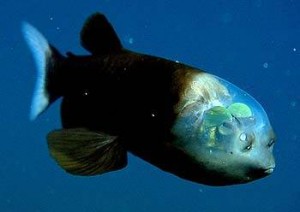I was reading an issue of New Scientist at the airport the other day and there was quite a cool article in it about quantum entanglement and a possible link to cryptography. You can read the whole article here, if you would like. I was going to write a blog post on that and include another article I found today that is relevant to the topic (click here to see it)
BUT
I got side tracked on the New Scientist website watching this short video – its a pretty cool little three minute study break if you’re looking for something short to watch.
New Scientist Equation Video
So good luck with exam study, make sure you rest, eat well and exercise as well as study and we can think about quantum entanglement another time!
Emily
PS – Just had to put in a plug for Otago University Physics Department. My Year 13 Physics class went on a tour on Monday of the University labs. We had a really interesting talk about temperature and what it all means followed by a tour of the laser lab where they were cooling things down into the single digit Kelvin scale. We then got to experience the relative heat of the cold labs where the temperature is down to the negative Celsius scale. We looked at super cool liquids and some properties of ice as well as hearing about all kinds of research going on at Otago. All in all a really cool trip so if you get the opportunity to go have a look I would highly recommend it.
Secret Messages and a Side Track down Equation Lane
Wednesday, October 31st, 2012 | EMILY HALL | No Comments







Recent Comments